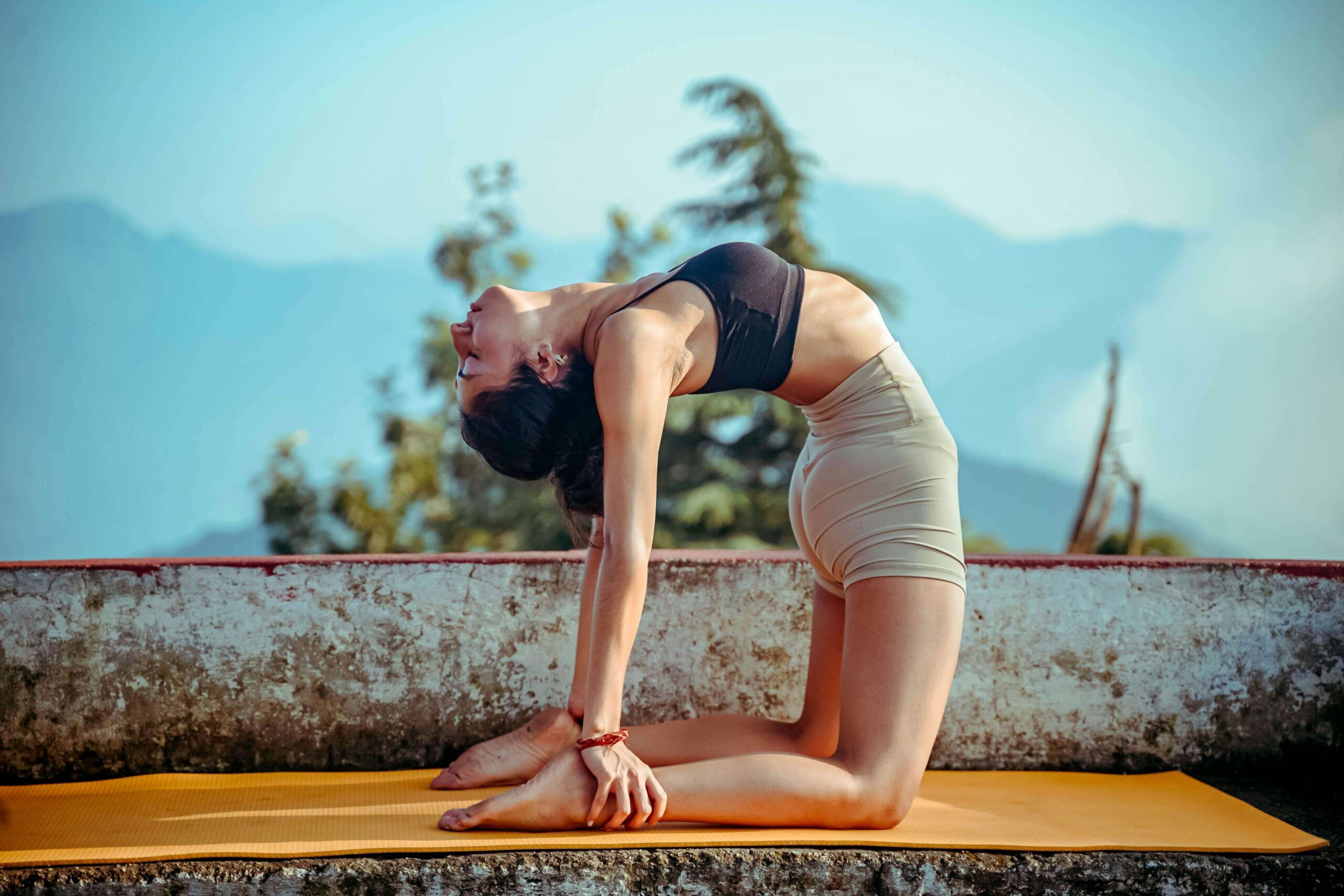Outdoor workouts are a lively and reinvigorating choice instead of exercising at an indoor gym. Outdoor training can deliver both physical and mental advantages, thanks to either the fresh air, sunshine, or just having plenty of open space. Also, the modification of outdoor fitness facilitates its suitability for all fitness levels, giving everyone the opportunity to get involved. This guide intends to familiarize you with the best outdoor physical activities and strategies for creating a smart outdoor fitness regime.
Benefits of Outdoor Fitness
Before we dive into specific exercises, it’s important to highlight the unique benefits of training outdoors:
Improves Mental Well-Being: In the latest studies, it is evident that working out in natural environments can lower stress, depression, and anxiety, and raise clarity of thinking and boost mood.

- Bodyweight Squats
Basic lower body exercise known as squats puts emphasis on glutes, quads, hamstrings, and the core.
How to Perform:
Engage the feeling of sitting down into a chair while you hold your chest upright and keep your knees over your toes.
Get as low as you can, keeping in mind good form, and then drive through your heels to come back to standing.
Perform 10-15 repetitions.
Benefit: Squats are wonderful for increasing flexibility in the lower body and enhancing strength.
- Push-Ups
The chest, shoulders, triceps, and core all benefit from the great full-body exercise known as push-ups.
How to Perform:
Hold a high plank position while having your hands slightly bigger than the distance between your shoulders.
Keep your body in one straight line from your head to your heels, while you bend your elbows to lower your body downward.
Go back to the position where you began.
Perform 8-12 repetitions.
Benefit: Push-ups create upper body strength, make the core stronger, and better the overall functional fitness.
- Lunges
The benefit of lunges is that they build strength in the legs, glute muscles, and hip region, and they simultaneously boost balance and stability.
How to Perform:
Keep proper posture and your feet positioned at hips’ width.
Step ahead with one foot while you lower your back knee to the soil and keep your front knee in line with your ankle.
Force your weight through your front heel to go back to the starting position, then alternate legs.
Create 10-12 reps on every leg.
Benefit: Doing lunges enhances both lower body strength and flexibility, as well as balance.
- Mountain Climbers
Athletes performing mountain climbing are a vigorous type of cardiovascular exercise focusing on the core, shoulders, and legs.
How to Perform:
Put yourself in a high plank while placing your hands directly below your shoulders.
While you are keeping your core engaged, place one knee at your chest.
Swiftly alter legs, pushing your opposite knee toward your chest as if you’re running where you stand.
Maintain the switch between legs for 30-60 seconds.
Benefit: The act of mountain climbing gives people improved cardiovascular health and activates their legs, shoulders, and core.
- Plank
A plank is just a fundamental workout that improves core strength and stability.
How to Perform:
Hold a position in a high plank, with weight on your forearms, and sustain body tightness from your head to your heels.
Position your core while conserving the motion of your hips and sustain the stance for 20-60 seconds.
Benefit: Through the practice of planks, you strengthen governance of the core, back, and shoulders, while also enhancing your posture.
- Step-Ups
If you can find a park bench, a rock, or a sturdy step, step-ups are a wonderful way to strengthen your lower body.
How to Perform:
Stand with your feet separated by hip width or take a step with your feet close together.
Put one foot on the bench, raising your body up by heel pressure, and then land back down with deliberation.
Repeat the exercise for 10-12 repetitions when changing to the other side after the leg switch.
Benefit: The glutes, quads, and hamstrings receive targeting from step-ups, and they improve balance and coordination too.
- Burpees
Burpees illustrate the relationship between strength in muscles and the ability of the cardiovascular system.
How to Perform:
Stand up, and after that, drop to your knees and place your palms on the ground.
Get your feet back into the position of a plank.
Do a push-up, then leap your feet out to your hands and quickly jump up into the air.
Perform 8-10 repetitions.
Benefit: The burpee is a wonderful exercise that combines calorie burning with the development of strength and improved cardiovascular endurance.

